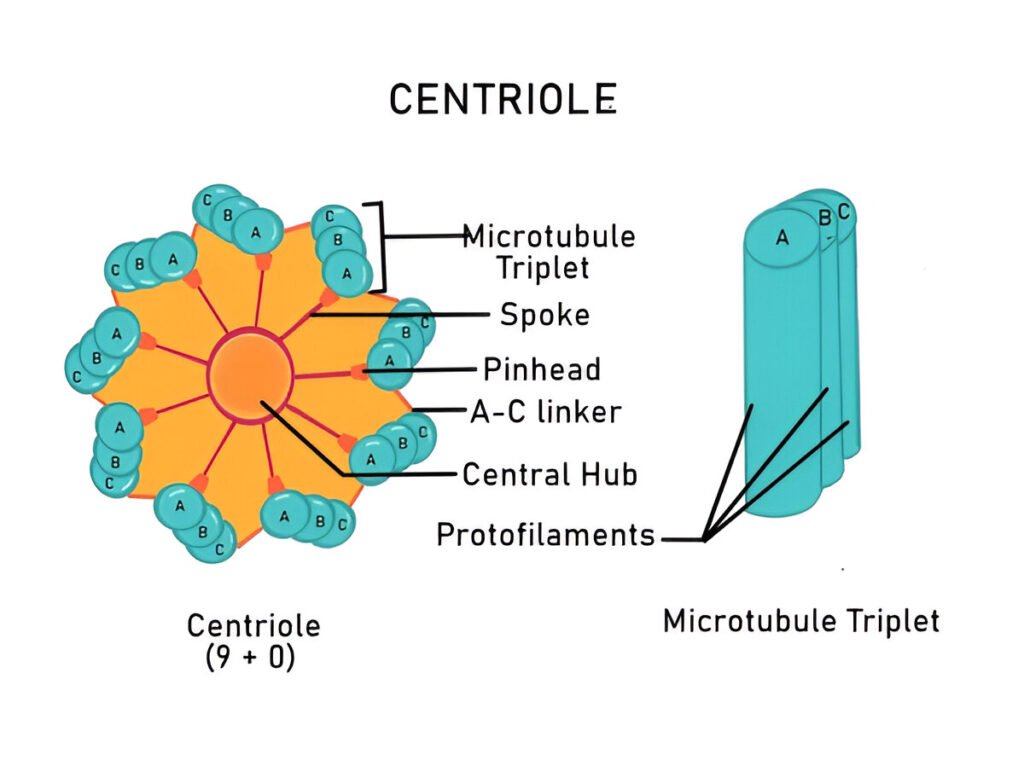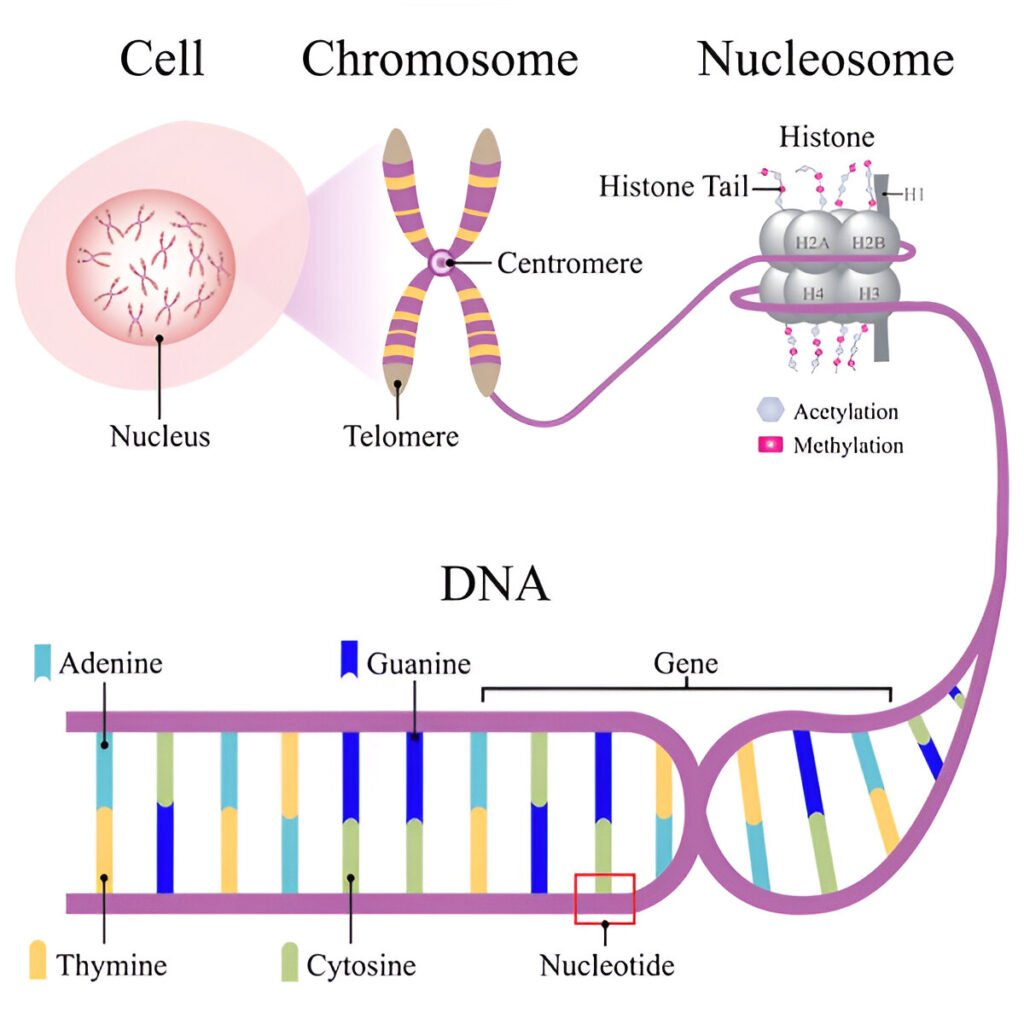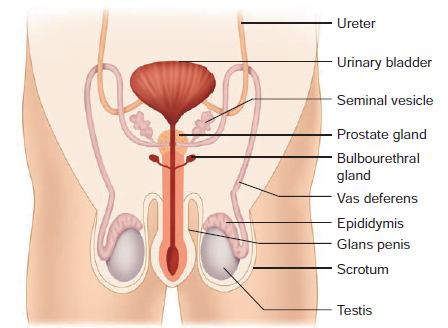In the realm of cell biology, the centrosome and centromere are two critical structures that play essential roles in cell division and organization. While they share similar names and are both pivotal to the life cycle of a cell, they serve distinct functions and possess unique characteristics. This blog post will delve into the intricacies of centrosomes, explore their discovery and structure, explain their vital functions, and clarify the differences between centrosome and centromere.
What is a Centrosome?
Definition and Discovery
The centrosome is a thin, clear, and homogeneous structure located outside the nucleus of eukaryotic cells. Often referred to as the “microtubule-organizing center,” the centrosome is crucial for maintaining the cell’s architecture and facilitating the arrangement of microtubules. The term “centrosome” was coined by German biologist Theodor Boveri in 1888, although its discovery is attributed to Edouard Van Beneden in the same year. These pioneering scientists laid the groundwork for our understanding of cellular components and their functions.
Structure of the Centrosome

A typical centrosome consists of two cylindrical structures known as centrioles, which are arranged perpendicular to each other. These paired centrioles form a structure known as a diplosome and are embedded within a clear cytoplasmic area called the centrosphere. The walls of the centrioles are composed of a parallel tubular structure formed by nine groups of microtubules, with each group containing three microtubules. These microtubules are primarily made up of tubulin protein, which plays a central role in maintaining cell shape and facilitating intracellular transport.
Centrioles and Their Role
Centrioles are morphologically identical to basal bodies, which anchor cilia and flagella in eukaryotic cells. The relationship between centrioles and microtubule organization is significant, as they serve as the foundation for the formation of the mitotic spindle during cell division. This spindle apparatus is essential for the proper segregation of chromosomes, ensuring that each daughter cell receives an equal and accurate distribution of genetic material.
Centrosome Function and Self-Regulation
Centrosomes are self-regulating bodies that play a pivotal role during the cell cycle, particularly during cell division (mitosis and meiosis). They are responsible for forming the astral rays and spindle fibers necessary for the separation of chromosomes. The replication of centrosomes occurs during the late S phase or G2 phase of the cell cycle, ensuring that each daughter cell inherits a centrosome.
It is noteworthy that centrosomes are absent in prokaryotic cells, amoebas, and seed plants, which rely on alternative mechanisms for organizing their microtubules during cell division.

Understanding Centromeres
Definition and Function
In contrast to centrosomes, centromeres are specific regions on chromosomes that play a crucial role during cell division. A centromere is the constricted region of a chromosome where the sister chromatids are joined together. This region is vital for the accurate segregation of chromosomes during mitosis and meiosis. The centromere ensures that the spindle fibers attach correctly to the chromosomes, facilitating their movement toward opposite poles of the cell.
Structure of Centromeres
Centromeres are composed of repetitive DNA sequences known as satellite DNA, which is surrounded by specialized proteins called kinetochore proteins. The kinetochore forms at the centromere during cell division and serves as the attachment site for spindle microtubules. The structure of the kinetochore is critical for ensuring proper chromosome alignment and segregation.
Centromeres can vary in their position on chromosomes, leading to different chromosome shapes. These variations can be classified into three categories: metacentric (centromere situated in the middle), submetacentric (centromere located slightly off-center), and acrocentric (centromere near one end). The position of the centromere influences the overall morphology of the chromosome.
Key Differences Between Centrosome and Centromere
While centrosomes and centromeres are essential for cell division, their functions, structures, and roles in the cell cycle differ significantly. Here are some key distinctions:
| Feature | Centrosome | Centromere |
|---|---|---|
| Definition | A microtubule-organizing center outside the nucleus | A constricted region on a chromosome |
| Structure | Consists of two centrioles (diplosome) and centrosphere | Composed of repetitive DNA and kinetochore proteins |
| Function | Organizes microtubules and forms spindle apparatus | Ensures proper attachment of spindle fibers to chromatids |
| Location | Located in the cytoplasm, outside the nucleus | Located on chromosomes, specifically where sister chromatids are joined |
| Presence | Present in eukaryotic cells, absent in prokaryotes and some other organisms | Present in all eukaryotic cells, associated with chromosomes |
| Role in Cell Division | Forms astral rays and spindle fibers | Ensures accurate segregation of chromosomes |
Conclusion: The Interplay of Centrosomes and Centromeres
In summary, centrosomes and centromeres are two critical structures that play distinct but complementary roles in the process of cell division. While the centrosome acts as a microtubule organizing center, facilitating the formation of the spindle apparatus, the centromere serves as the critical attachment point for spindle fibers on chromosomes. Understanding these differences enhances our comprehension of cellular processes, paving the way for advancements in fields such as genetics, cancer research, and developmental biology.
In a world where cell division is the foundation of life, the intricate interplay between centrosomes and centromeres underscores the complexity of biological systems. As research continues to uncover the nuances of these structures, their significance in health and disease becomes increasingly apparent, offering exciting avenues for future exploration and discovery.

